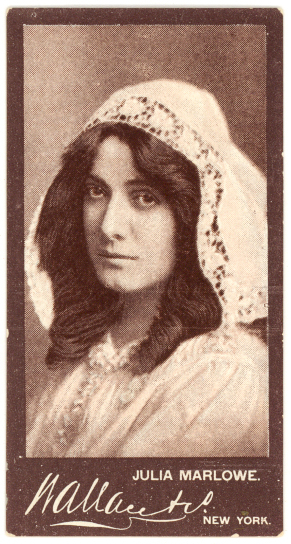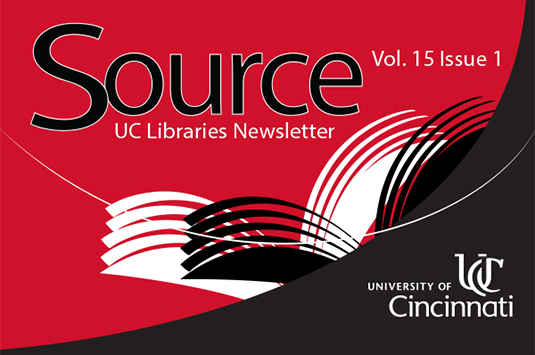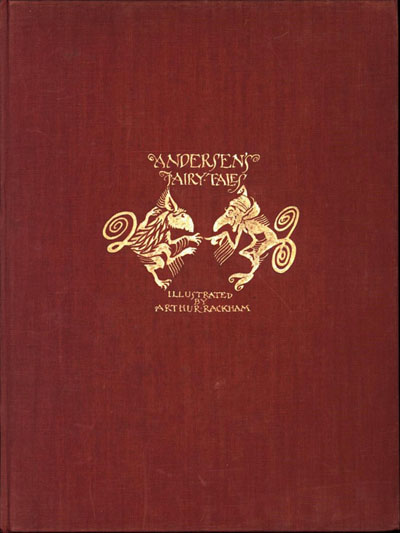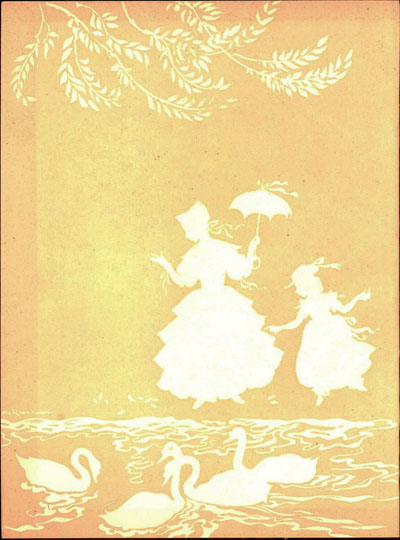By Eira Tansey, Digital Archivist/Records Manager
A constant challenge for digital archivists is identifying potentially sensitive material within born-digital archives. This content may be information that fits a known pattern (for example, a 3-2-4 number that likely indicates the presence of a social security number), or sensitive keywords that indicate the presence of a larger body of sensitive information (for example, the keywords “evaluation” and “candidate” in close proximity to each other may indicate the presence of an evaluation form for a possible job applicant).
Digital archivists use a number of tools to screen for potentially sensitive information. When this information is found, depending on the type of information, institutional policy, legal restrictions, and ethical issues, archivists may redact the information, destroy it, or limit access to it (either by user, or according to a certain period of time). Continue reading







